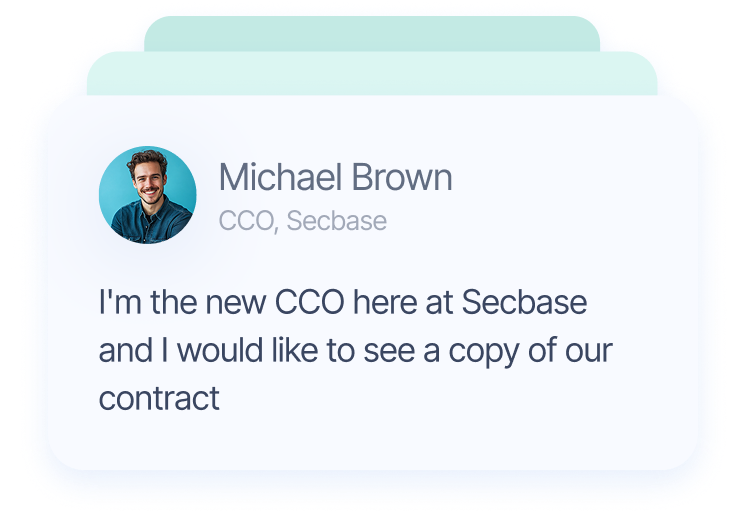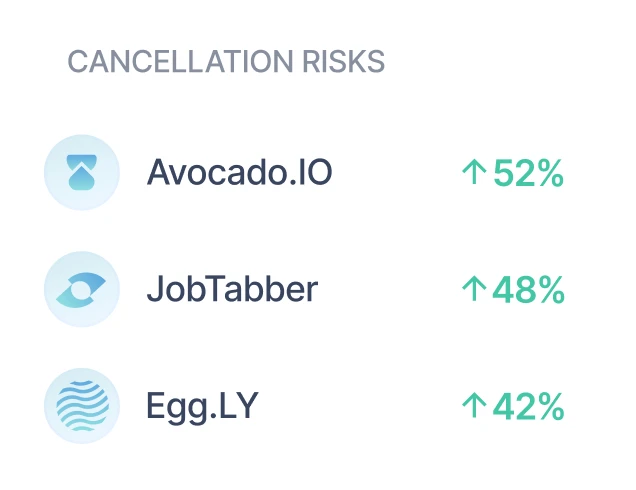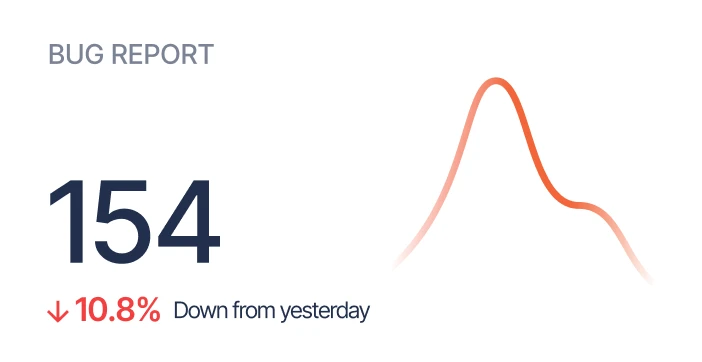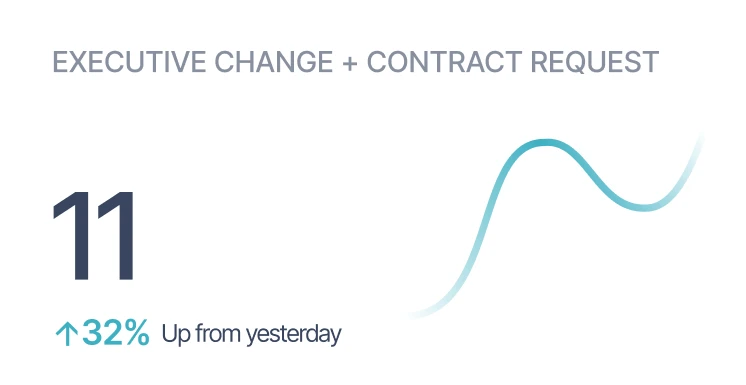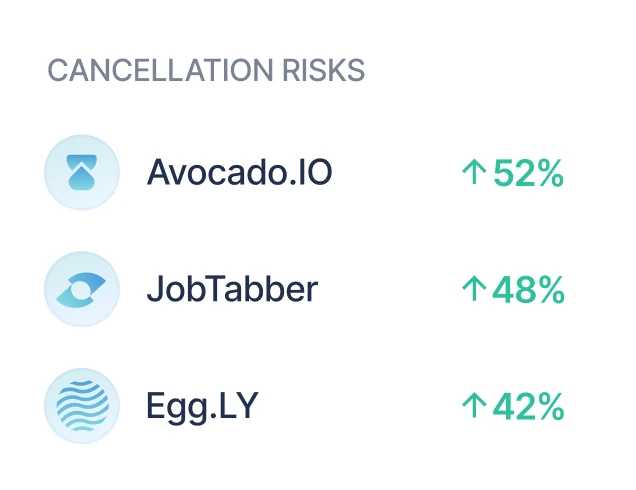Every recurring revenue business faces a visibility paradox: they possess more customer data than ever, yet they often lack a clear view of account health. When customer interactions are scattered across emails, support tickets, CRM notes, and call transcripts, the holistic picture of the relationship fractures.
While support teams operate in Zendesk and sales teams live in Salesforce, critical context is lost in the handoff. This fragmentation creates "data silos" that slow decision-making and obscure the true status of an account.
To solve this, revenue teams are shifting toward Unified Customer Intelligence. By using platforms like Sturdy to consolidate this fragmented data and applying AI to detect dissatisfaction, organizations move from reactive firefighting to proactive revenue protection.
The High Cost of "Dark Matter" Data
A single view of all customer activity is the prerequisite for preventing churn. Without it, executives rely on isolated snapshots rather than a complete history.
Most traditional Customer Success (CS) tools rely on lagging indicators like usage metrics or Net Promoter Scores (NPS). While useful, these metrics often fail to capture the "why" behind the behavior. A customer might use the software daily (high usage) but be actively looking for a replacement due to poor support (high risk).
This disconnect allows "dark matter"—unstructured data living in email threads and chat logs—to go unanalyzed. Internal data suggests over 60% of B2B customer conversations occur via email, yet this channel is rarely analyzed at scale due to privacy concerns or technical difficulty.
The cost of this invisibility is measurable:
- Operational Waste: Manual recording and routing of issues costs a 100-person team roughly $350,000 in lost productivity annually.
- Missed Signals: Manual account teams miss subtle indicators of risk that AI models can flag instantly.
Architecture: Unifying the "Signal Stream"
You cannot manage what you cannot see. Solving the silo problem requires a specialized architecture that connects the "Silent Channels" without requiring complex middleware or months of engineering.
Sturdy addresses this by behaving like an automated data operations team. It ingests structured and unstructured data from disparate sources to create a single source of truth.
1. Consolidate and Resolve Entities
The system connects natively with enterprise applications through a unified API, including:
- Communication: Gmail, Outlook, Slack, Zoom.
- Support & Success: Zendesk, Intercom, Gong, Gainsight.
- Operational Data: Salesforce, HubSpot, Snowflake, Jira.
Using advanced entity resolution, the platform connects contacts and accounts across these systems. For example, it links a Slack user to their corresponding Salesforce account record, eliminating blind spots.
2. Automatic Enrichment and Privacy
Once data is unified, the system enriches records with critical metadata (account ownership, segmentation) without manual intervention. Crucially for enterprise compliance, this process includes automated anonymization. Personally Identifiable Information (PII) is redacted or pseudonymized upon import, ensuring teams gain visibility into sentiment without violating GDPR or SOC2 standards.
3. The "Zero Data Engineer" Advantage
A common barrier to adopting AI is the fear of a resource-heavy implementation. Unified intelligence platforms are now designed to compress the time-to-value curve. With pre-built connectors, deployment typically requires less than one hour of IT effort, removing the need for internal data science staff to configure pipelines.
Decoding Risk: Finding the Signal in the Noise
Once the data is centralized, the challenge shifts to analysis. Traditional reporting often misses subtle signs of dissatisfaction that don’t fit neatly into a drop-down menu.
AI models trained on millions of business emails go beyond simple keyword matching to detect intent and specific behaviors. Analysis across billions of words has identified two distinct categories of signals:
Churn Risk Indicators
- Contract & Renewal Inquiries: Routine requests for "contract copies" are often algorithmically flagged as high-risk, as these frequently precede termination.
- Executive Sponsor Changes: Detecting when a champion leaves the company or a new stakeholder enters the thread.
- Pricing Friction: Sudden spikes in questions regarding discounts, billing terms, or invoice disputes.
- Sentiment Shifts: Subtle changes in tone during support interactions that indicate eroding trust.
Revenue Growth Signals
The system also identifies expansion potential. Specific feature requests often indicate upsell readiness, while questions about enterprise tiers during active sales cycles signal a willingness to grow the account.
Real-World Impact by Role
A unified intelligence strategy allows different departments to leverage the same dataset for their specific goals.
For Product Managers: Evidence-Based Prioritization
Product teams often struggle to distinguish between the "loudest" voice in the room and statistically significant problems.
- The Impact: In one longitudinal analysis, AI identified that a single product line was responsible for 84% of customer confusion across support channels.
- The Result: Product leaders reallocated engineering resources to that specific module, fixing the root cause of churn rather than guessing at roadmap priorities.
For Customer Success: Proactive Retention
CS teams are frequently reactive, dealing with churn only after a cancellation notice arrives.
- The Impact: The system acts as an early warning radar. If a client’s procurement manager requests a contract modification (a potential down-sell risk), the CSM is alerted immediately.
- The Result: Clients have reported 100% retention across key account segments by catching these risks early.
For Support Leaders: Identifying Systemic Risks
Support teams need to know if a sudden spike in tickets is an isolated incident or a widespread outage.
- The Impact: The platform aggregates ticket data to identify trends. If a specific integration starts generating negative sentiment across multiple accounts, the system flags it as a systemic anomaly.
- The Result: Managers shift from ticket-resolving to proactive communication, alerting customers of known issues before they submit a complaint.
Automating Workflows: From Insight to Action
Predictive insight is only valuable if it drives immediate action. The most common failure point in retention strategies is the "handoff gap"—where a risk is identified but not communicated to the right person in time.
Unified intelligence platforms bridge this gap by triggering no-code automations in the tools teams already use (Slack, Jira, Salesforce).
- Scenario A: The "Product Gap" AlertA high-value account mentions a missing feature three times in an email thread. The system automatically pushes a ticket to the Product Team in Jira and notifies the Account Manager via Slack. The customer feels heard immediately, and the product roadmap is informed by actual revenue data.
- Scenario B: The "Billing Friction" InterventionA customer raises repeated concerns about billing through email while also expressing dissatisfaction in a Zoom call. The system classifies these comments, flags the communication as a churn risk, and posts an urgent alert to the Finance and Customer Success channels. Finance intervenes before the next invoice is sent, preventing a non-payment dispute.
- Scenario C: The "Policy Update" CorrelationA CRO uses AI search to discover that a spike in renewal objections correlates directly with a recent policy update. The team instantly pivots their messaging strategy across all active renewals, standardizing objection handling and saving at-risk deals.
The ROI of Prevention
When organizations move from fragmented data to a continuous intelligence system, the financial results are rapid.
Because implementation removes the need for custom engineering, business outcomes are often observable within the first reporting cycle. Hawke Media documented a 30% increase in month-over-month retention within just six weeks of activation.
For executives tasked with protecting margins, the math is clear: reducing churn by just 5% can lift profits by as much as 95%. By unifying data and automating risk detection, companies transform customer success from a reactive support function into a proactive revenue engine.

